
Divinity: Dragon Commander – Review
Combine the elements of RPG, strategic thinking, real-time strategy battles and add some nice princesses, what do you get? A blazing game with the name Divinity: Dragon Commander.
Story
The story in Divinity: Dragon Commander is full of drama and twisting plots. Imagine this: you’re the bastard son of the Emperor and you are blessed to have quite some siblings. There is a difference between you and the rest of your family though, you have the ability to morph into a Dragon. Everything seems to go right until a demon takes control of your siblings’ dreams and convinces them to turn against their father. As a good son, you revolt against this turn of power. When a friend of the Emperor, the great wizard Maxos, takes you aboard the flying gunship ‘The Raven’, things are bound to change. I’m not going to spoil anything else, but you can expect some visitors on your new haven.
Larian Studios claimed to put different genres into Divinity: Dragon Commander and they did their best to provide a nice and decent storyline, although the plot doesn’t seem very profound. This aspect is only a small piece of the game though.
Graphics
The graphics and visual effects are of a very high level. The game has lively and vivid colors and uses different styles of environments. Every chamber in the Ravenhas its own characteristics but they all match. The details in this game are overall very nicely done. The different characters all have their own characteristics and even have some stereotypical elements. For example, the dwarven politician likes his money and he likes to show off with it as well. The facial expressions match the tone of the conversation and makes the game feel more realistic.
Something else worth mentioning is the strategy map and the real-time strategy (RTS) phase. The strategy map gives the feeling of an authentic Risk-gameboard and the multiple small details really are the finishing touch. The graphics in the RTS phase are again top-notch and the level of details are almost perfect. You can gaze several minutes at your units or your dragon to enjoy this artwork.
Sound
The music and sound effects are the same as the graphics: extraordinary. The game contains several tracks that really fit the game and emphasize the feeling you have as a Dragon Commander. The RTS phase mostly has the same kind of music, which can get a bit boring after a while, although you’re more busy trying to crush your enemy with your strategic moves. The sound effects have a supportive role and is a nice addition.
The voices match their visual representation and the synchronization between the words and the visual image of the speaker is spectacular.
Gameplay
Divinity: Dragon Commander contains a diversity of genres which makes the game so yummy. You can play this game in single player and multiplayer. If you’re a lone ranger, you can start the story campaign or you can let your own creativity on the loose and make your own campaign or battles. If you want to test your strategic mind and dragon skills, you can make or join a multiplayer match. There is room for a maximum of 4 players. The fun part of this multiplayer mode is that you can practically alter almost everything to your wishes and that you can choose to invite friends and fight some AI together.
Now something more about the systematics. The developers chose to work with a turn-system. In the campaign mode, you spend your time mostly on the Raven and the strategy map / RTS phase. A new turn starts on your airship. You get the opportunity to visit the different rooms and talk to numerous people. When you’re ready, you can check the strategy map and get to the second part of the turn. The strategy map shows you an overview of the country. Every ‘player’ has its own color and owns some of the different parts. Each piece of land can hold one building and each construction has its own special effect or ability.
In this part of the phase, you can buy units and move them around. You can also buy cards but I’ll get to that part later on. When you did your moves, you can end the phase and see the different decisions your enemy made. If you decided to attack the enemy or vice versa, you get into the RTS phase. This leads you to an overview of the different involving units and played cards by the enemy. Next, you get the possibility to choose your commander and the chance to select cards yourself. When you’re ready to go, you get into the battlefield. The objective is to lead your units and defeat the enemy by killing their units and by destroying their buildings. It’s important to capture neutral construction sites so you can build your own factories. The Recruitment Citadel is probably the most vital one. If you want to change into dragon form or if you want to make new units, you’ll need recruits. The initial amount of recruits available at the start of a battle depends on the total population of the country. When you have more Recruitment Citadels, the amount of recruits increase quicker and that means you can make units at a faster rate. The other buildings have their specific purposes, but I’ll let you discover them on your own.
You’re a Dragon Commander, so you have the possibility to morph into a Dragon during battles. There have to be 2 conditions fulfilled before this option is available: you need to wait until the countdown is over and you need to have at least 20 recruits. The controls to command your units change when you’re in Dragon form, so it’s essential to inform yourself before jumping into battle. There are 3 Dragons available when you start a new campaign and each Dragon has its own special skills. Something else worth mentioning is the spiffy looking Jetpack on your back. This gives you the opportunity to cross the map in a few seconds.
Despite the outcome of the battle, the phase will end and the effects of the battle will be shown on the strategy map. When a turn is ended, you get an amount of gold and Research Points.
You can use Research Points to investigate new sorts of units and to improve or upgrade the ones you already own. Another way to spend these points is to upgrade your own Dragon Skills. These skills help greatly during battles, although the improvement of your units is important as well … decisions, decisions.
Talking about decisions, there are 5 different races in the game and every race has its own ambassador. These delegates have their own vision about the war and the leadership afterwards. They try to work together, but sometimes their ideas collide. It’s your duty to think about the suggestions and to keep the effect of your decision in mind. Your answer has an influence on the political favor you have with the population of a race and can have its impact in battle as well. Oh yes, there are princesses involved as well, so choose wisely!
Now about the cards in this game. You can play cards during the strategic phase and the battle phase to improve the odds in battle by inviting mercenaries to join the party or for example raise the gold revenue of one country. You can get these cards by building special constructions on your land or by buying them directly from your capital city.
There are some downsides as well. For a new player (like me), it was hard to find the purpose of the game and the objective of the battles. The given tutorials explain some of the mechanics, but they aren’t explicit enough. Another remark is the language of the buttons in the control configuration. These are in French and although it’s not hard to Google the translation, it is quite annoying.
Conclusion
Divinity: Dragon Commander is a combination of different genres. The story is quite nice but not very deep, although that’s not really a requirement. Both the graphics and audio are top-notch and fit the game perfectly. The gameplay is a bit difficult for inexperienced players but if you understand the mechanics, the game is a real gem.
Larian Studios took a risk with this game but they did a hell of a job. Veni, vidi, vici!

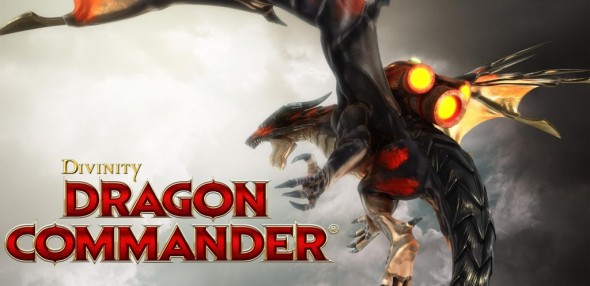
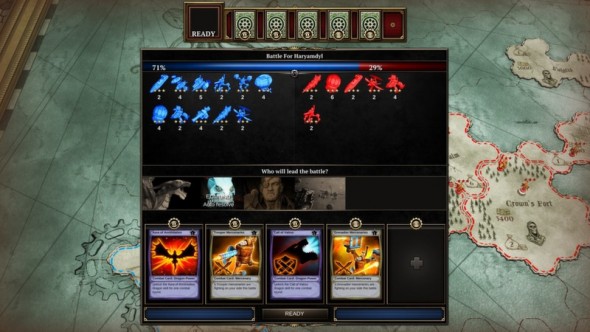
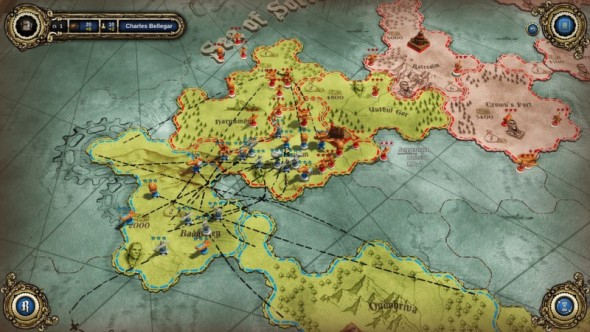
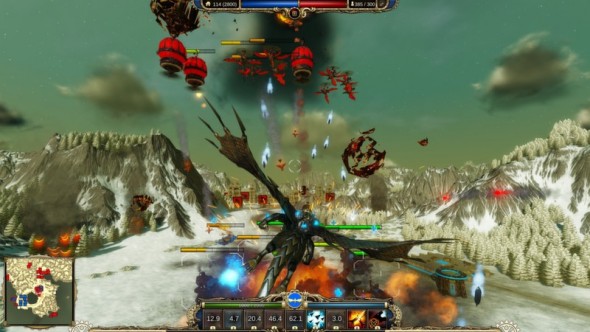
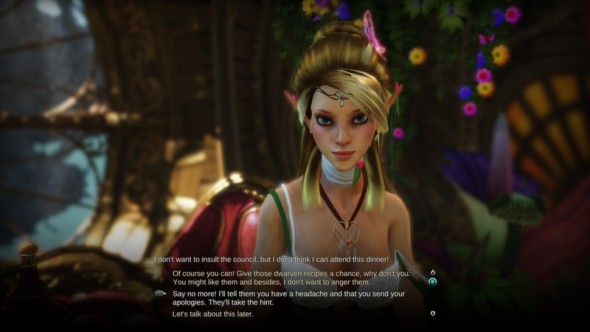
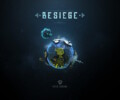
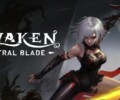


No Comments